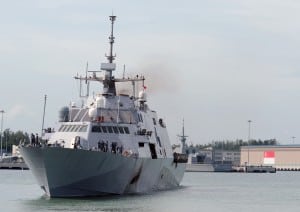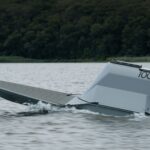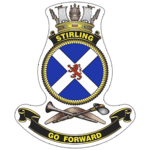
The Navy has asked the shipbuilding industry and other suppliers to offer input on possible new or existing ship designs that could also include modifying the Littoral Combat Ship (LCS) to meet the requirement for a future small surface combatant. The release of the two formal requests for information, also known as RFIs, on Wednesday came after Defense Secretary Chuck Hagel earlier this year scaled back the Navy’s plans to buy 52 LCSs to 32, saying the littoral vessels may…













